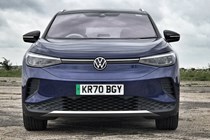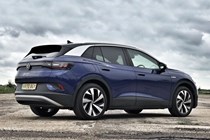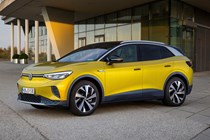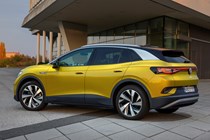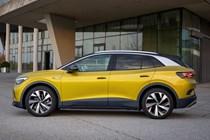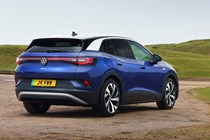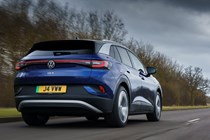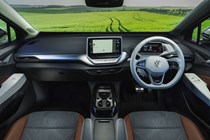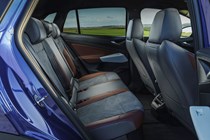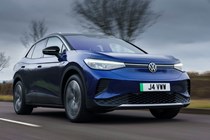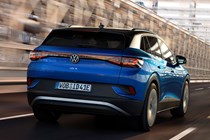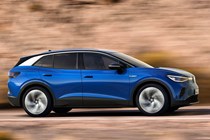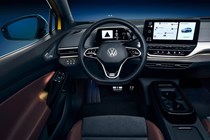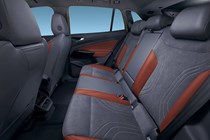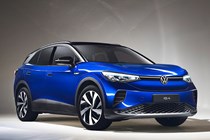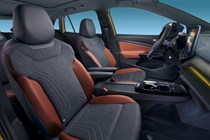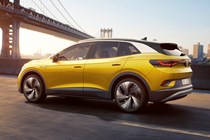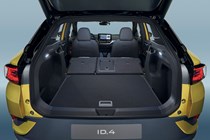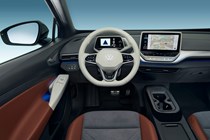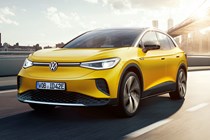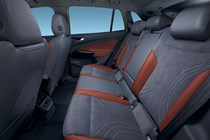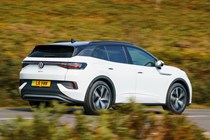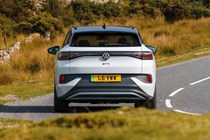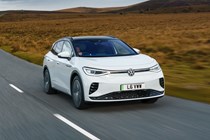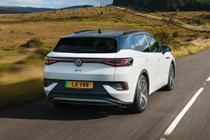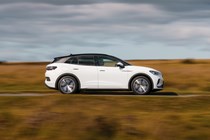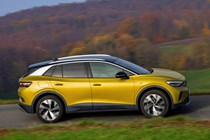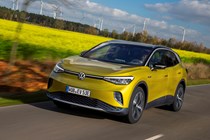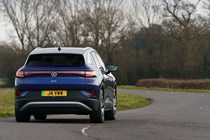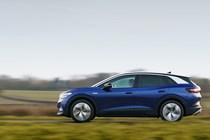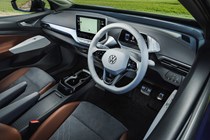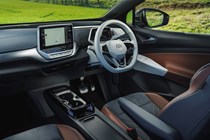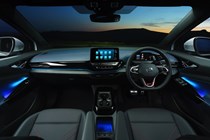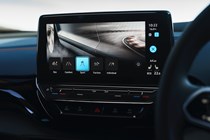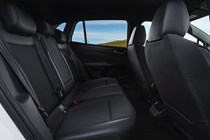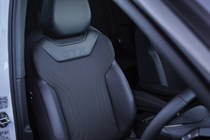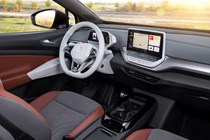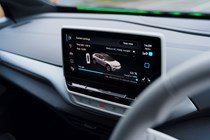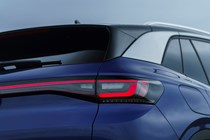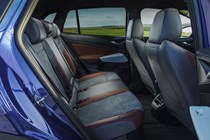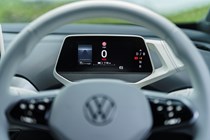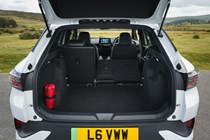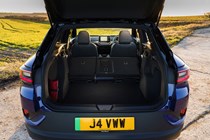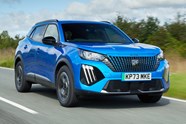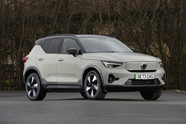
Volkswagen ID.4 review
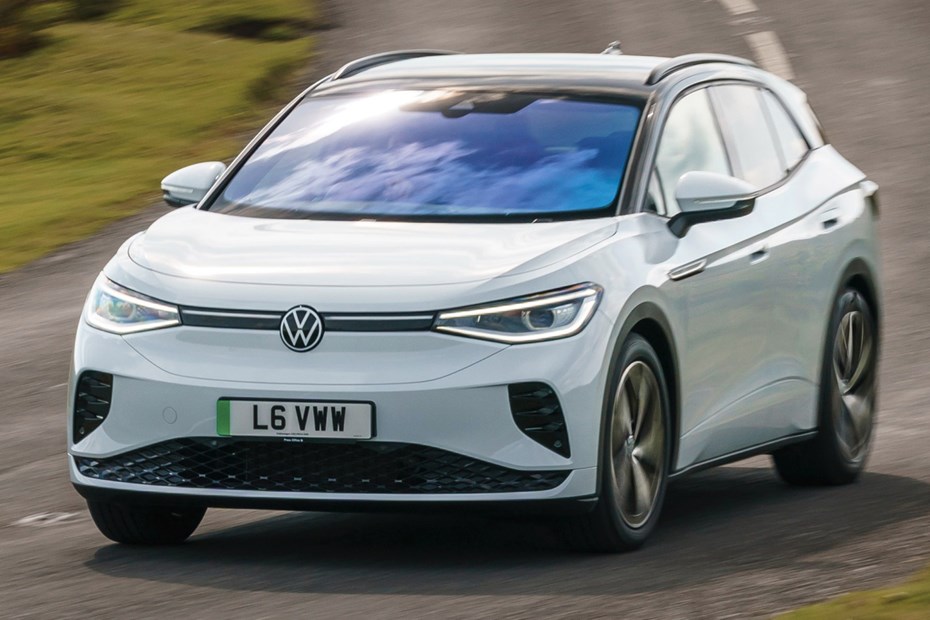
At a glance
| Price new | £42,640 - £54,205 |
|---|---|
| Used prices | £18,310 - £40,995 |
| Road tax cost | £0 |
| Insurance group | 18 - 39 |
Get an insurance quote with

|
|
| Fuel economy | 3.3 - 4.1 miles/kWh |
| Range | 206 - 337 miles |
| Miles per pound | 5.2 - 12.1 |
| View full specs for a specific version | |
Available fuel types
Fully electric
Pros & cons
- Up-to 323-mile range
- Relaxed and quiet cruising
- Entry-level models nicest to drive
- Fiddly touch-sensitive controls
- Rivals are cheaper
- Gets pricey with options
Volkswagen ID.4 SUV rivals
Overview
The Volkswagen ID.4 is the German firm’s first electric SUV. It sits above the Golf-sized ID.3 hatchback in the brand’s expanding EV range, effectively being the electric Tiguan equivalent. There’s also a coupe-roofed version called the ID.5.
Under the ID.4’s SUV bodywork is VW’s dedicated electric vehicle technology that’s shared with a number of other Audi, Cupra, SEAT and Skoda EVs, such as the Enyaq iV. The understructure contains all the electric drive components and is purpose-built to be as efficient as possible. There are no petrol or diesel versions of the ID.4, just a couple of battery sizes and a range of power outputs with rear or four-wheel drive.
Electric rivals range from the aforementioned Enyaq, and Kia Niro EV at the cheaper end of things. There’s also the Tesla Model Y and other premium-badged SUVs if you’re looking more expensive variants of the ID.4. In fact, there are plenty of other rivals including the more driver-focussed Ford Mustang Mach-E and all-round excellent Kia EV6.
Inside, the interior design theme is essentially the same as that found in the ID.3, even if there’s more space. It’s a clean-looking cockpit with a twist-action gear selector attached to the drivers’ instrument pod and storage cubbies in the centre console.
The ID.4 can rapid charge at up to 125kW on all of the latest public charge points. This is fast enough to top-up the largest 77kWh battery pack option 10-80% in 38 minutes. If you’re charging from a 7kW domestic wall box, however, you will need nearly 13 hours to spare for this, and over nine for the smaller 52kWh battery pack.
Over the next few pages you’ll find our thorough review of the VW ID.4, covering what it’s like on the road, how much room there is inside and whether you think you should buy one. This includes experience of living with the ID.4 for a longer two-month test as well.



